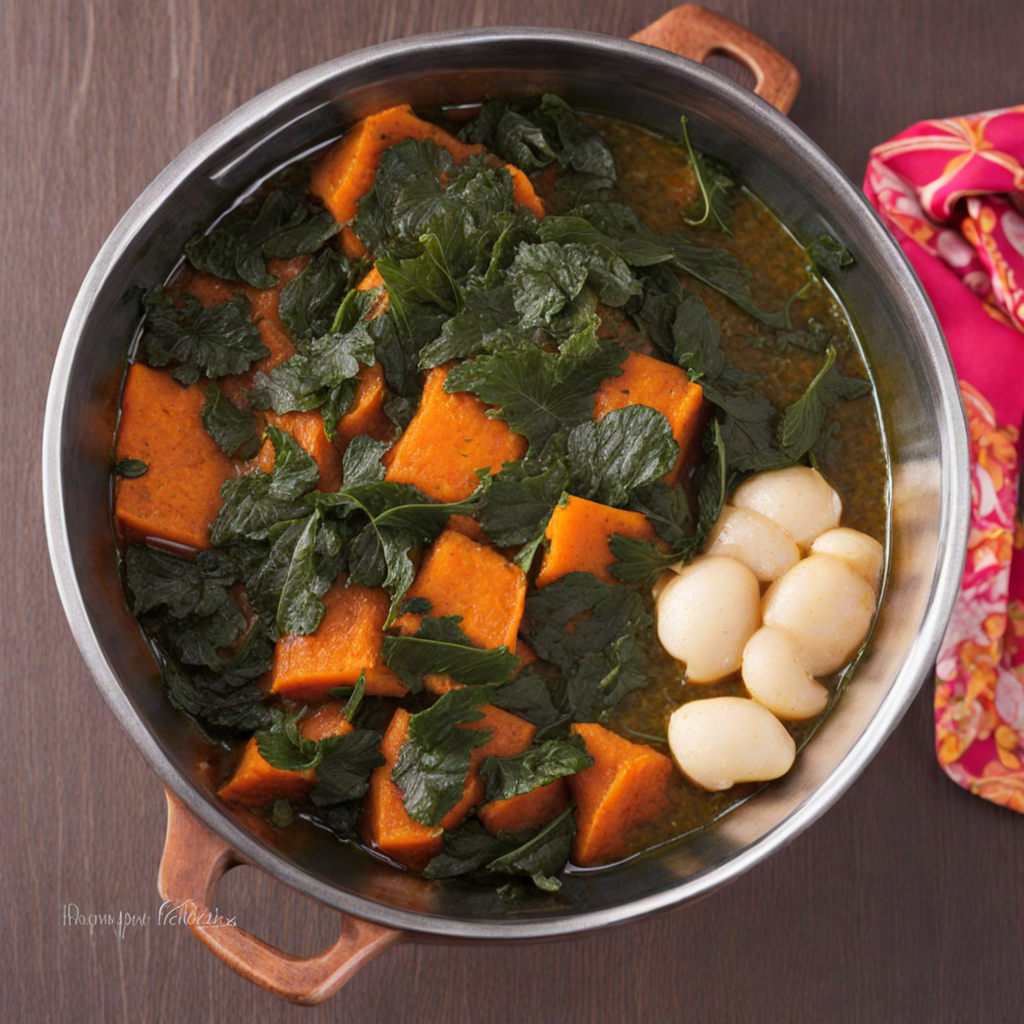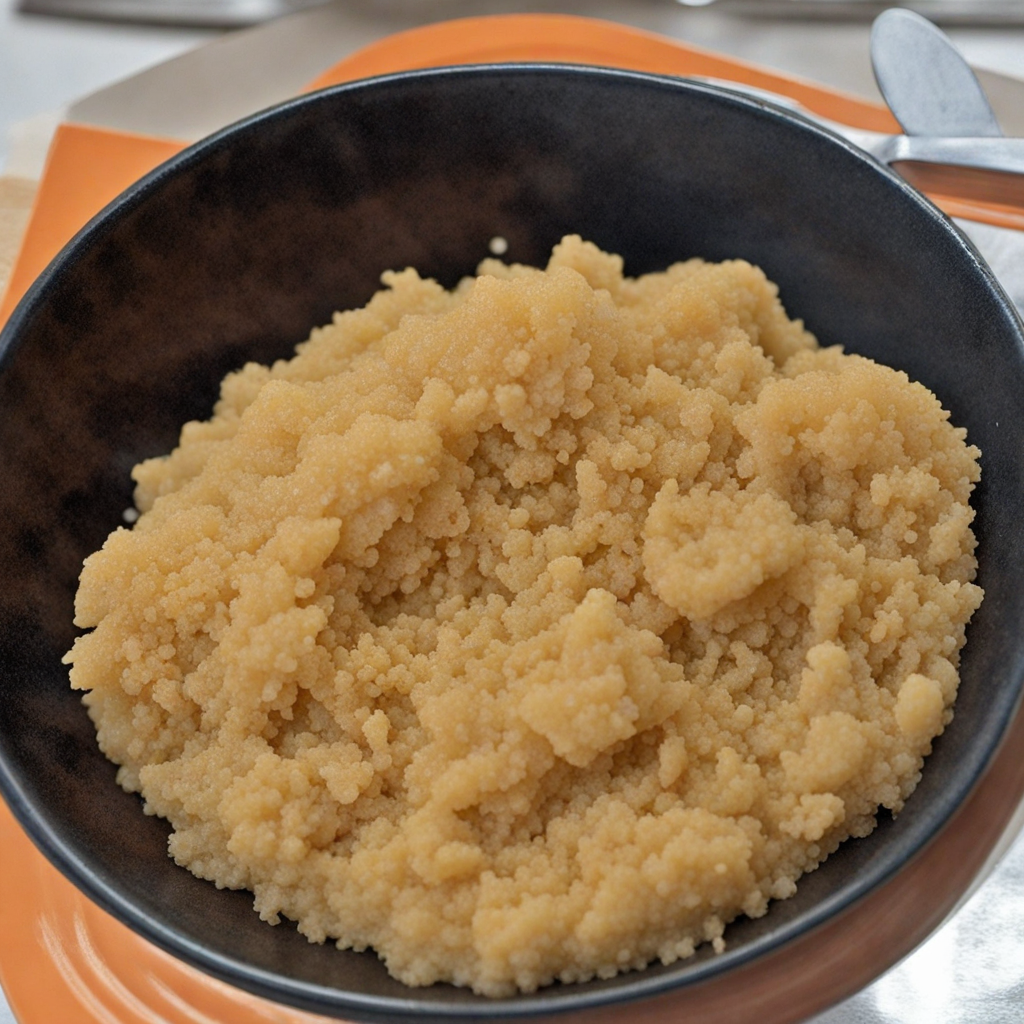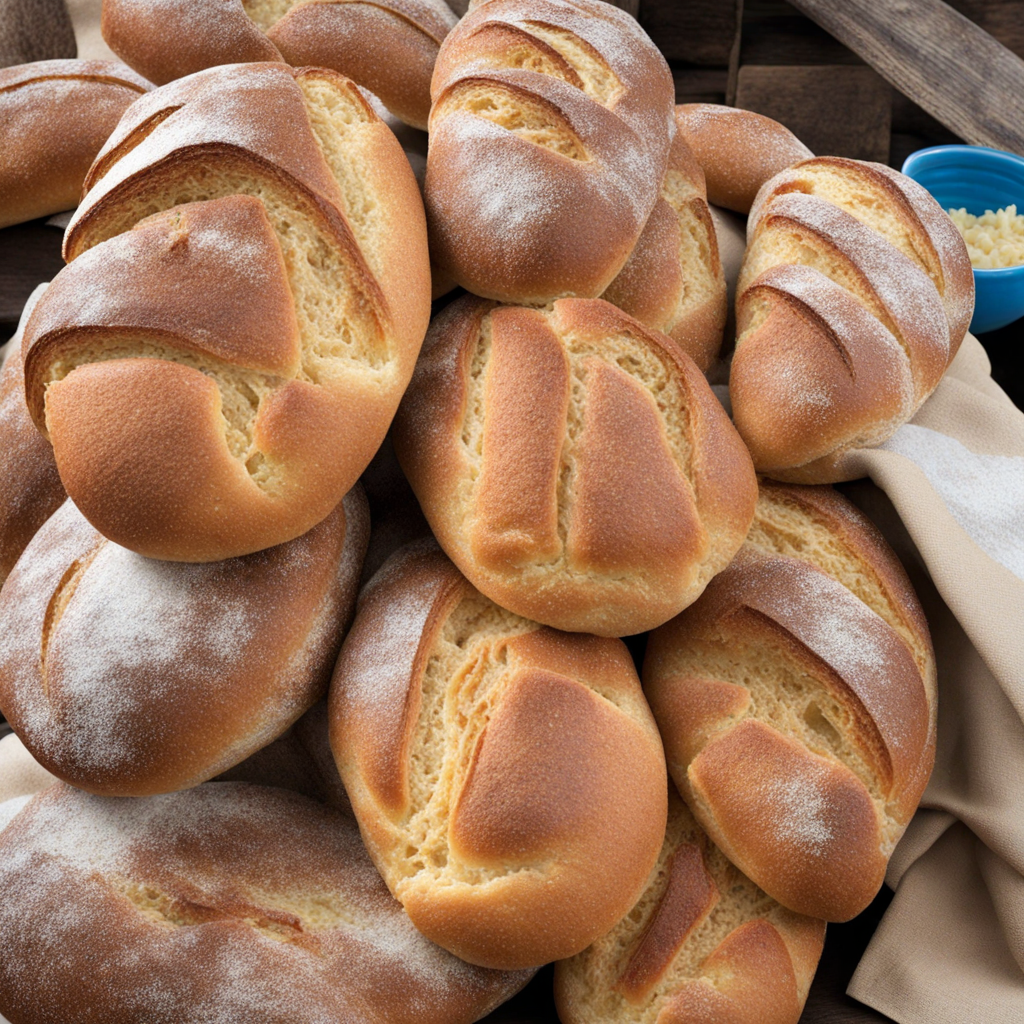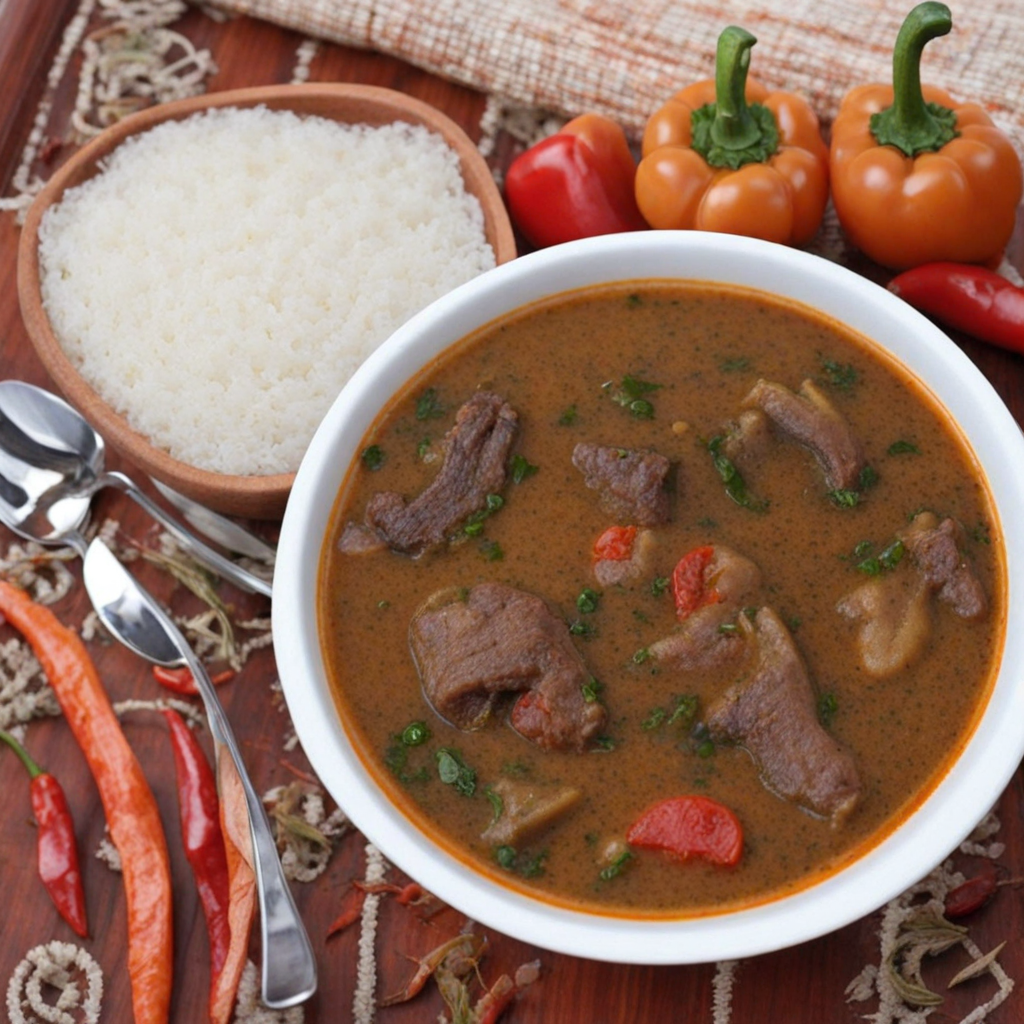Banana Fritters
Banana fritters from Guinea offer a delightful fusion of sweetness and texture that is sure to captivate your palate. Made from ripe bananas, these fritters are typically mashed and mixed with a bit of flour, sugar, and a hint of spice, often cinnamon or nutmeg, to enhance their natural sweetness. The dough is then shaped into small rounds and fried until golden brown, resulting in a crispy exterior that gives way to a soft, warm interior. Each bite reveals the rich, caramelized flavor of the bananas, making them an irresistible treat. The process of frying banana fritters not only enhances their taste but also creates a delightful contrast in textures. The outer layer is crunchy and slightly chewy, while the inside remains tender and moist, almost reminiscent of a banana bread but with a crispy twist. These fritters are often enjoyed as a snack or dessert, and they can be served plain or drizzled with honey, chocolate sauce, or sprinkled with powdered sugar for an extra touch of indulgence. Their appealing aroma and vibrant color make them a visually enticing dish that draws you in. Banana fritters are often enjoyed as a street food delicacy in Guinea, where they are served fresh and hot from the fryer, making them a popular choice among locals and visitors alike. The simplicity of the ingredients belies the complexity of their flavor, making them a beloved choice for those seeking comfort food with a unique twist. Whether enjoyed on their own or paired with a scoop of ice cream, banana fritters provide a satisfying experience that embodies the essence of Guinean culinary culture.
How It Became This Dish
Beignets de Banane: A Sweet Journey Through Guinea’s Culinary Heritage In the heart of West Africa, where the lush landscapes of Guinea cradle the vibrant rhythms of life, an irresistible treat has emerged as a staple of local culture: Beignets de Banane, or banana fritters. This delightful dish, characterized by its sweet, golden exterior and soft, tender interior, is much more than just a snack; it is a testament to the rich history, agricultural bounty, and social fabric of Guinea. Origins and Cultural Significance The origins of Beignets de Banane can be traced back to the indigenous farming practices of the region, where bananas have been cultivated for thousands of years. The banana plant, thought to have originated in Southeast Asia, found its way to Africa through early trade routes. By the time it reached Guinea, it became one of the country's staple crops due to its adaptability to the tropical climate and its nutritional value. The fruit’s versatility allowed it to be incorporated into a variety of dishes, both sweet and savory. In Guinea, bananas are more than just a dietary staple; they hold significant socio-cultural importance. The fruit is intertwined with local customs, festivities, and the daily lives of the people. Beignets de Banane, in particular, often serve as a symbol of hospitality and celebration. They are commonly prepared during family gatherings, religious celebrations, and community events, offering a sweet note of togetherness. The act of sharing these fritters represents the communal spirit of Guinean society, where food serves as a bridge to connect people. The Recipe and Its Evolution At its core, Beignets de Banane is a simple dish made from ripe bananas, flour, sugar, and a hint of baking powder. The bananas are mashed and mixed with the other ingredients to create a thick batter, which is then deep-fried until golden brown. The result is a delightful combination of crispy exterior and sweet, slightly sticky interior, often enjoyed with a sprinkle of powdered sugar or a drizzle of honey. Over time, the recipe has evolved, influenced by both traditional practices and modern culinary trends. While the classic version remains popular, variations have emerged that incorporate additional ingredients such as spices, chocolate, or coconut, reflecting the diverse palates of Guinea's population. Street vendors in urban areas have also put their own twist on Beignets de Banane, serving them alongside various dipping sauces or as part of a larger meal. Connection to Agriculture and Economy The production of bananas in Guinea is not only crucial for local diets but also plays a significant role in the country's economy. Guinea’s fertile lands and favorable climate allow for the cultivation of several banana varieties, including both dessert and cooking bananas. The banana industry provides livelihoods for many farmers, contributing to the rural economy and ensuring food security. The popularity of Beignets de Banane has also led to a burgeoning street food culture in Guinea's cities, particularly in Conakry, the capital. Street vendors, often seen frying these fritters in large pots of oil, provide a quick and affordable snack for locals and tourists alike. This has fostered a sense of community, as people gather around these stalls, sharing stories and laughter while enjoying the sweet treats. Culinary Traditions and Regional Variations As with many traditional dishes, Beignets de Banane reflects the regional diversity of Guinea. Different areas may have their own variations of the recipe, influenced by local ingredients and culinary practices. In coastal regions, for instance, Beignets de Banane might be paired with fresh seafood or served alongside spicy sauces, creating a delightful contrast of flavors. In the mountainous regions, where agriculture is more diverse, the fritters might be made with the addition of local nuts or spices, showcasing the unique agricultural resources of the area. These regional adaptations not only enrich the dish but also highlight the rich tapestry of Guinea’s culinary heritage. Global Influence and Modern Adaptations In recent years, Beignets de Banane has started to gain international attention, thanks in part to the diaspora of Guineans who have settled around the world. Community gatherings and cultural festivals have introduced this sweet treat to new audiences, sparking interest in West African cuisine. Chefs and food enthusiasts are experimenting with the recipe, incorporating global culinary techniques while maintaining its traditional essence. Modern cookbooks and food blogs featuring West African cuisine often include Beignets de Banane, emphasizing its simplicity and universal appeal. The dish has also found its way into fusion cuisine, where it is paired with ingredients from other culinary traditions, creating innovative dishes that resonate with a wider audience. This evolution reflects a broader trend of global culinary exchange, where traditional foods are reimagined and celebrated in new contexts. Conclusion Beignets de Banane is more than just a delicious treat; it is a symbol of Guinea’s rich agricultural heritage, cultural identity, and communal spirit. From its humble origins rooted in the fertile soils of West Africa to its status as a beloved staple at celebrations and street corners, this dish embodies the resilience and creativity of the Guinean people. As it continues to evolve and gain recognition on the global stage, Beignets de Banane serves as a delicious reminder of the power of food to connect us across cultures and histories. Whether enjoyed during a festive gathering in Guinea or savored in a new culinary context elsewhere, these banana fritters represent the sweet essence of shared experiences, making them an enduring part of Guinea’s gastronomic legacy.
You may like
Discover local flavors from Guinea







